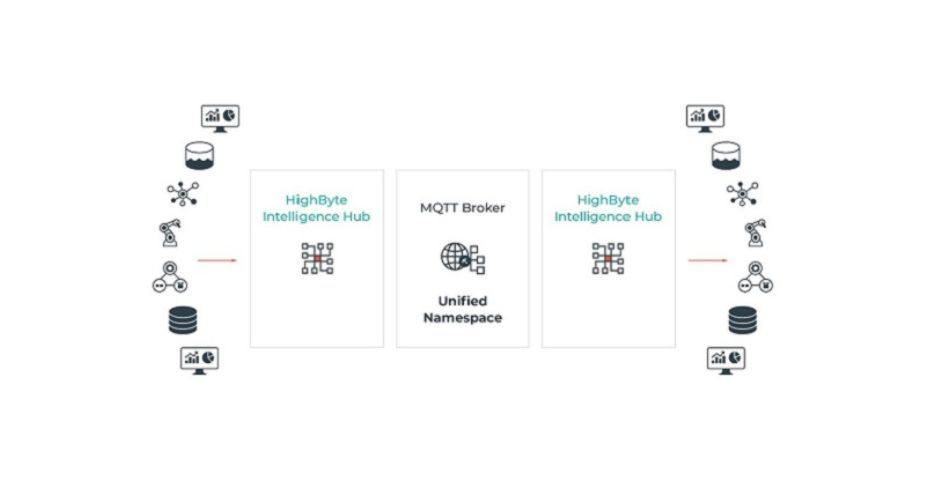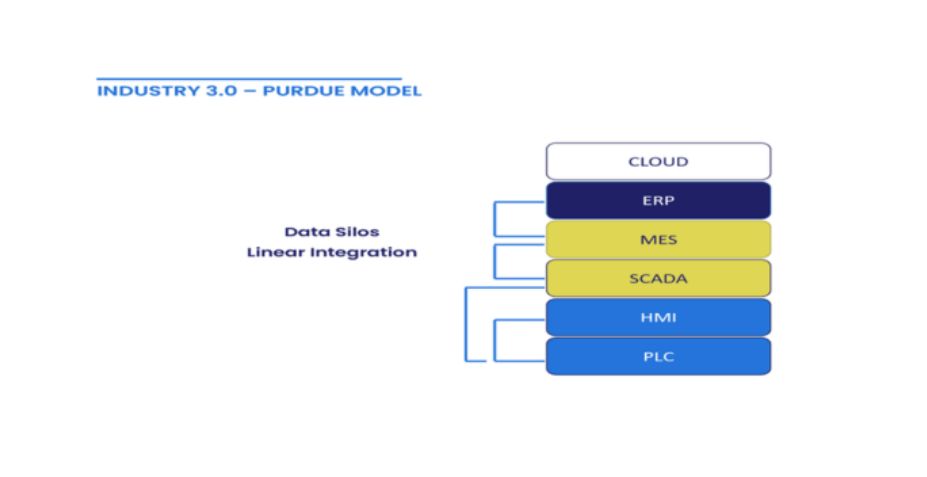 June 23, 2025
June 23, 2025 Breaking Through Limits: Digital Transformation Journey with Ignition
For over two decades, I’ve had the privilege of supporting Entegris—a global leader in materials and process solutions—and watching their industrial automation journey unfold firsthand.…
Read Article







